Tango was born 100 years ago
mainThe great tango composer Astor Piazzolla was born in Mar del Plata, Argentina, on March 11 1921, the only child of Italian immigrants.
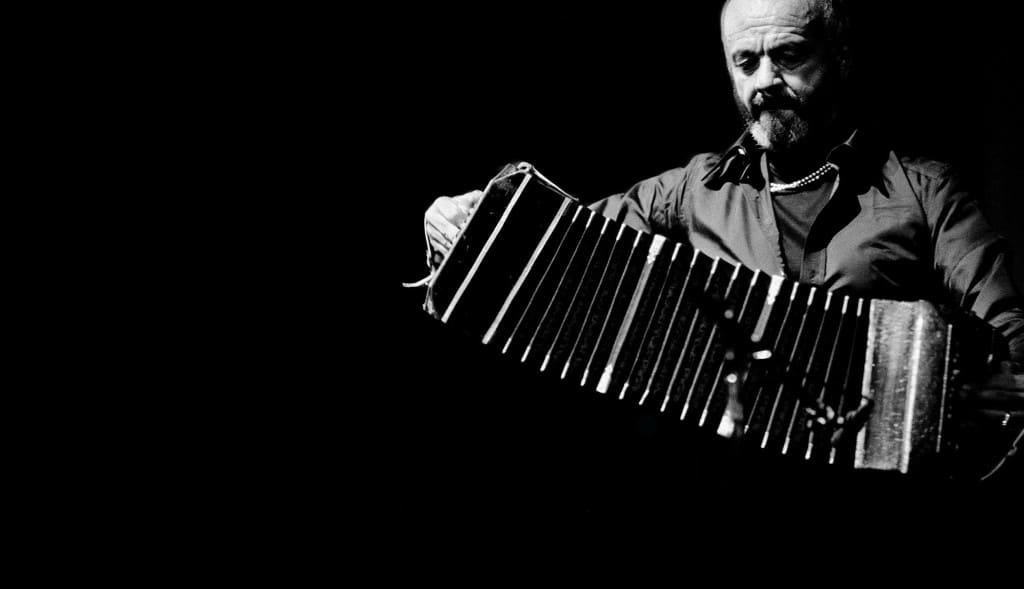

The great tango composer Astor Piazzolla was born in Mar del Plata, Argentina, on March 11 1921, the only child of Italian immigrants.

We understand that Daniel Barenboim was well enought…
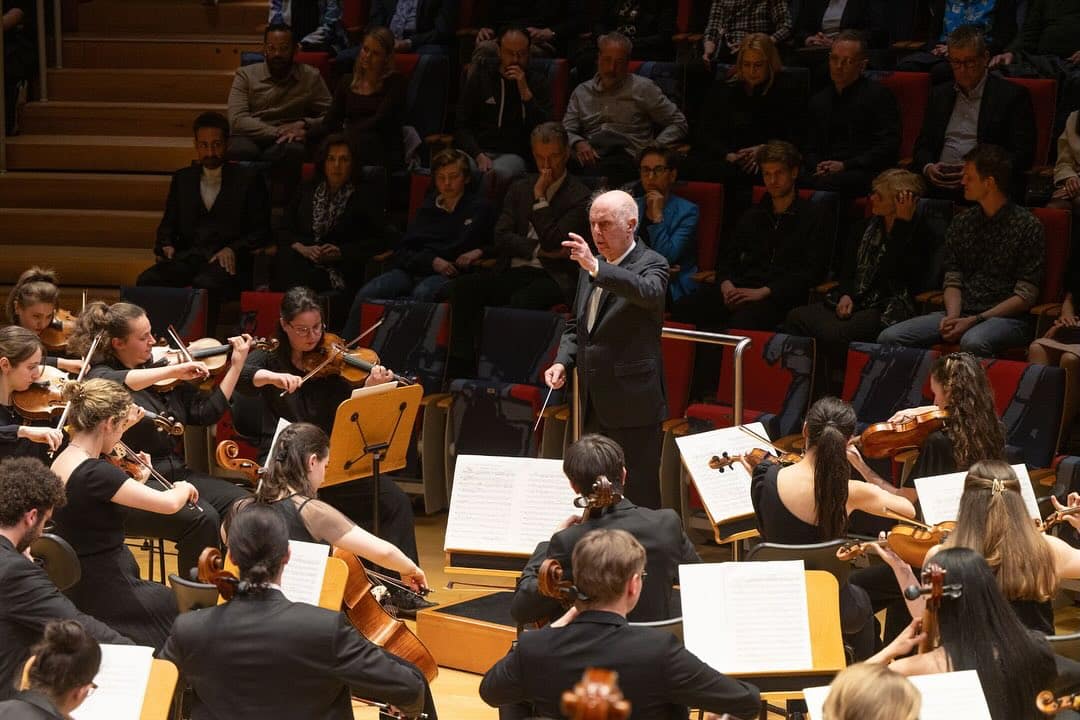
The alarming letter below went out last night…
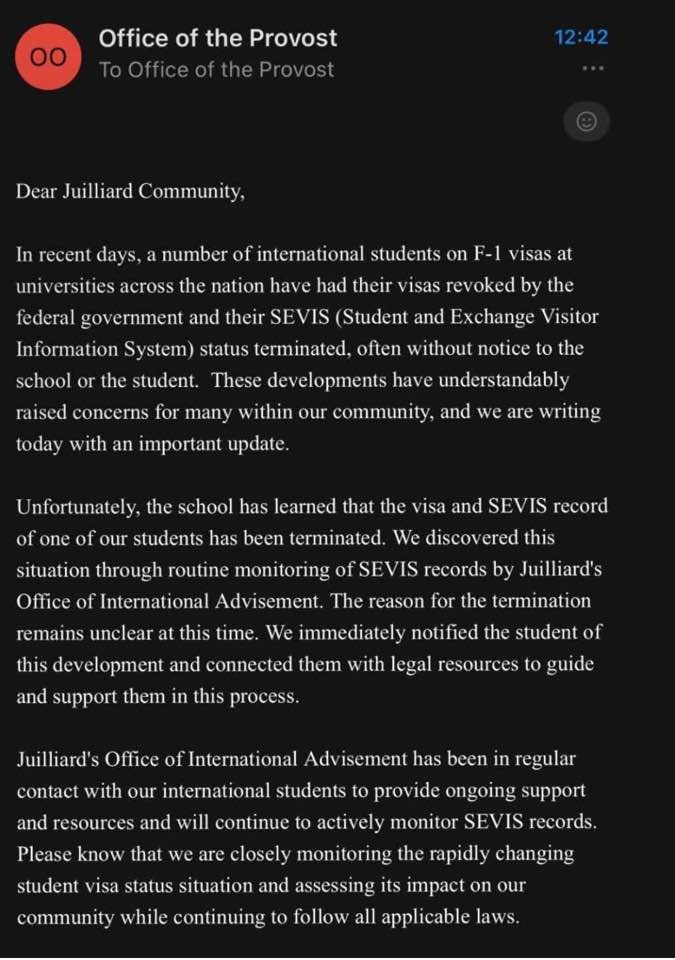
This happened at the Concertgebouw and it’s causing…
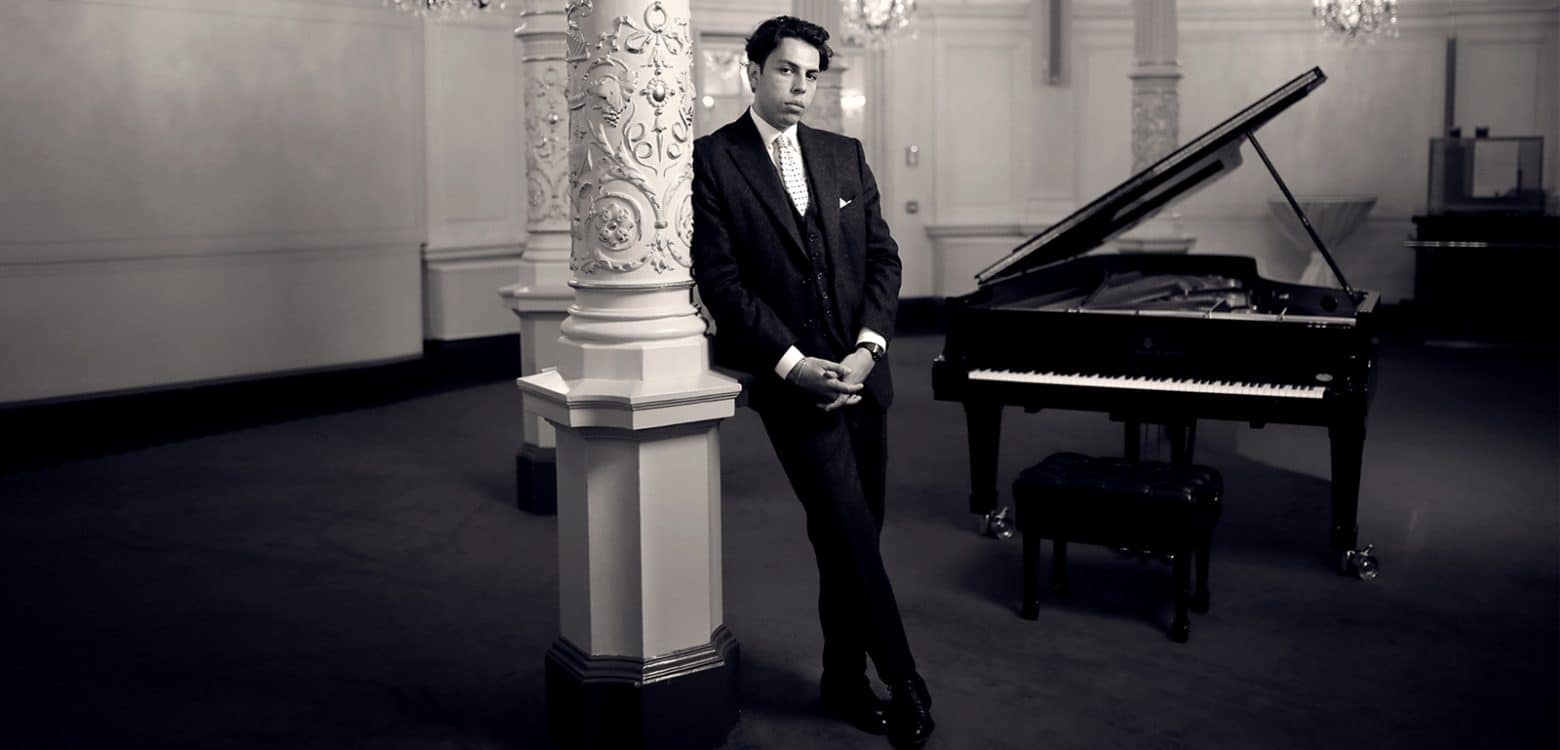
Scanning the list of council members who signed…
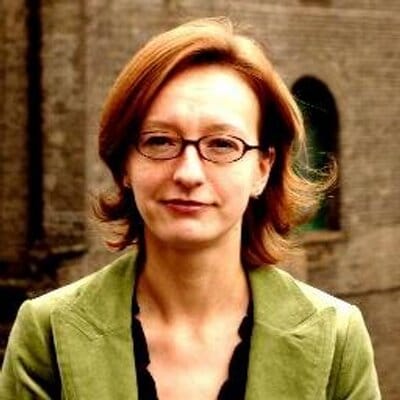
Session expired
Please log in again. The login page will open in a new tab. After logging in you can close it and return to this page.
Comments